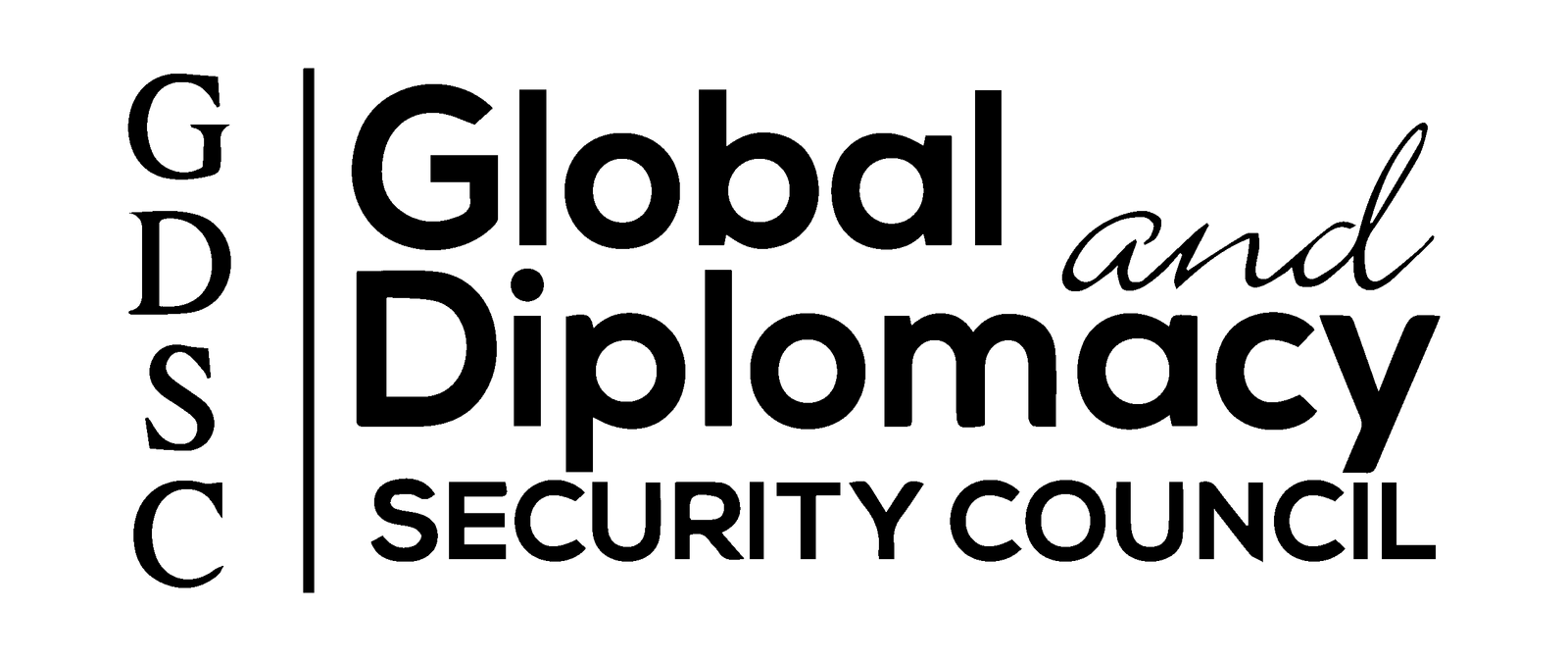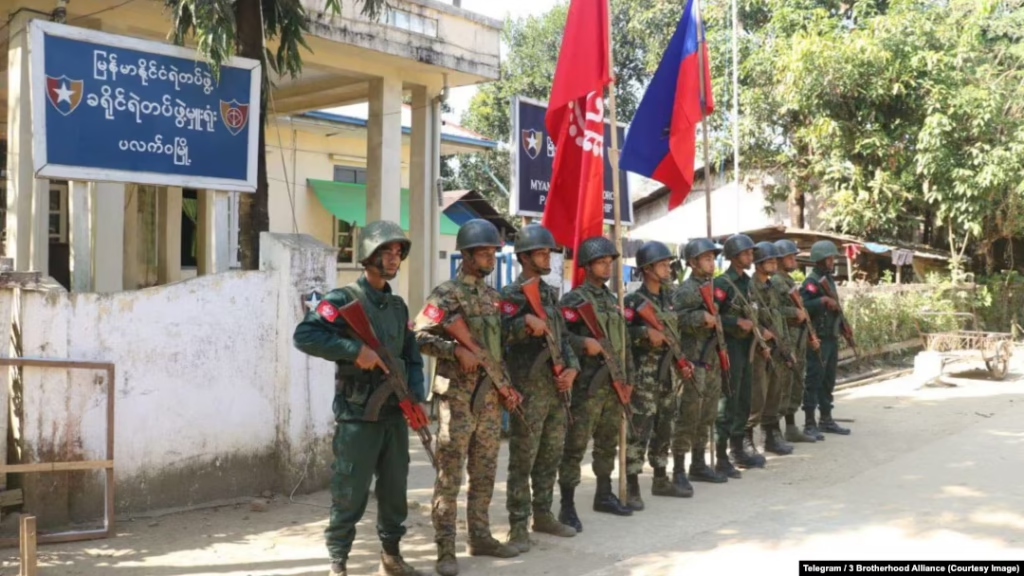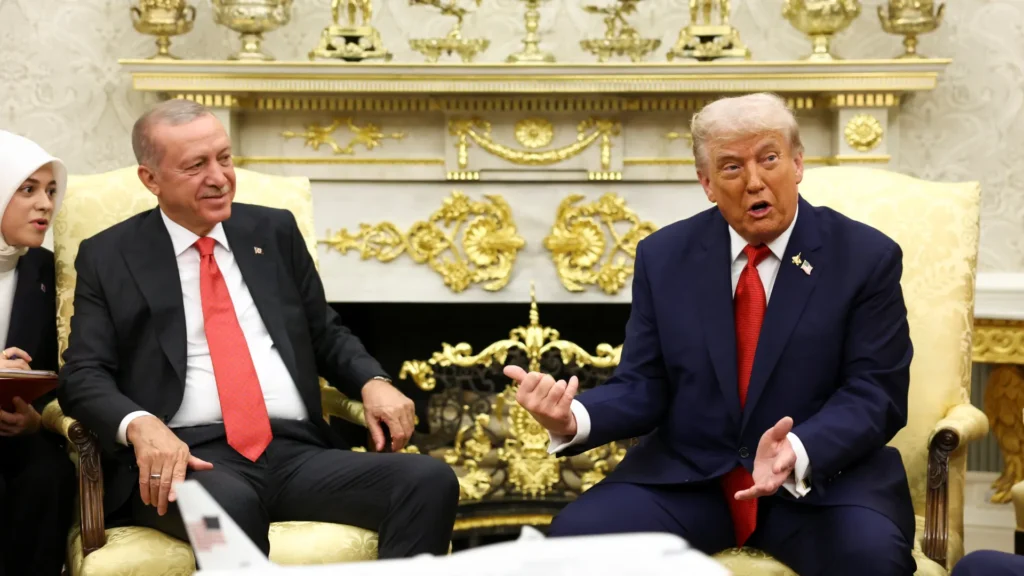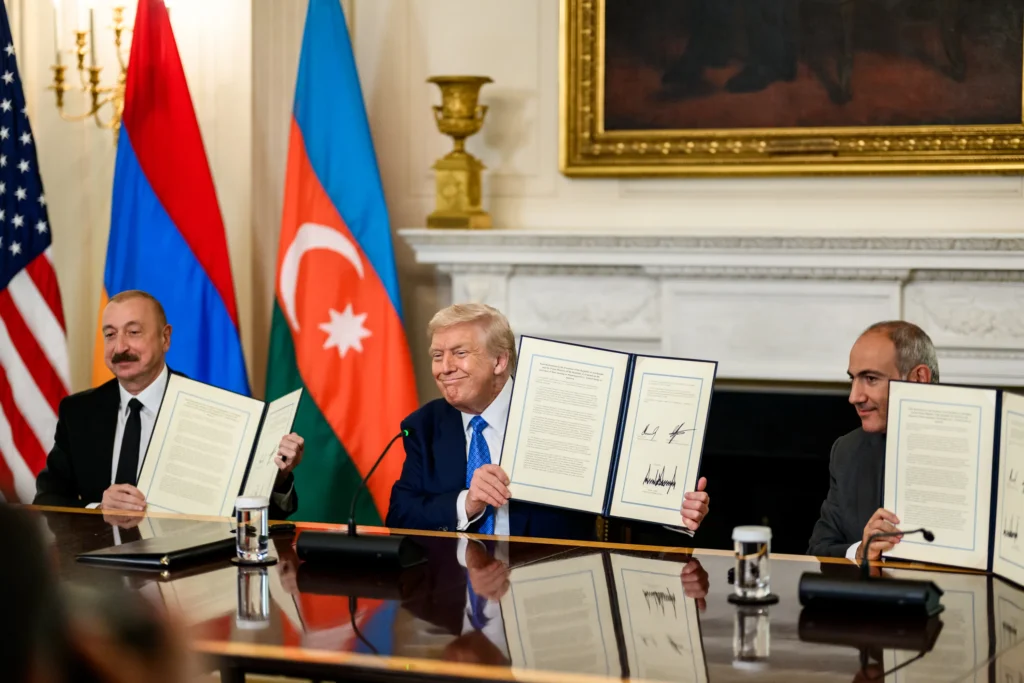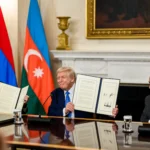Overreach Backlash: How Heavy-Handed Partners Aid Beijing in the Global South

America wanted to lead the world. It ended up helping China do it.
From Kabul to Colombo, U.S. missions once aimed to spread democracy and stability—but instead left power vacuums, broken promises, and exhausted allies. Now, Beijing steps in with a smile and a loan. While Washington holds hearings, China holds ribbon-cuttings.
In 2009, U.S. officials promised Sri Lanka a pathway to post-war recovery—conditional on reforms, transparency, and human rights. China offered something else: a port, no questions asked. Fifteen years later, the Hambantota Port is leased to Beijing for 99 years, and U.S. and Indian influence in Colombo has waned. This story is not unique. From Kenya to Iraq, the very interventions meant to deter China, Russia, and Iran have ironically opened the door for their rise.
How U.S. Interventions Enable Beijing’s Rise
The overreach–backlash cycle in U.S. foreign policy emerges from a pattern of ambitious interventions followed by reputational and strategic fatigue. Over the past two decades, expansive missions in Iraq, Somalia, and Syria—initially framed as counterterrorism and democracy-building efforts—gradually devolved into symbols of permanent military presence. These prolonged entanglements not only strained U.S. resources but also eroded local trust, laying the groundwork for anti-American resentment.
The current Trump-era foreign policy, emphasizing “no boots, no aid,” has accelerated drawdowns and slashed USAID budgets. While politically popular at home, these retrenchments—combined with years of conditional aid and perceived moralizing—have left behind unstable vacuums and reputational scars that strategic competitors like China exploit.
Proxy overreach compounds this backlash. U.S.-backed partners often pursue their own coercive agendas under the shield of American support: India’s repression in Kashmir, Israel’s military actions in Gaza, and Colombia’s heavy-handed counternarcotics campaigns. Even non-state partners like the SDF in Syria have faced credible accusations of child soldier recruitment, which, coupled with the PKK’s terrorist designation, complicate U.S. associations. In each of these cases, proxy abuses have eroded U.S. moral authority.
This combination of physical withdrawal and reputational resentment creates an opening for Beijing. China’s pitch of non-interference in internal affairs has gained traction in regions where U.S. or allied coercion has led to alienation. In Afghanistan, China is quietly expanding its oil and transit presence via the Wakhan Corridor. In Sri Lanka, post-war neglect by the U.S. and India enabled Beijing’s strategic acquisition of Hambantota port. Each case underscores how backlash to U.S. overreach has empowered China’s infrastructure-led influence.
Fixing the U.S. Message in the Global South
Where the U.S. often conditions aid on reforms and democratic progress, China offers infrastructure with few questions asked. This difference—between normative engagement and transactional pragmatism—has reshaped perceptions of credibility in much of the Global South.
China has expanded its influence across the Global South by presenting itself as a pragmatic, non-interventionist partner focused on business rather than ideology. China’s ideology-free narrative resonates with leaders in Africa, Southeast Asia, and the Middle East, many of whom also highlight the speed and flexibility of Chinese financing—especially when compared to U.S. aid, which is often delayed by congressional holds and burdened with political conditions. As a result, the U.S. is increasingly viewed as an unreliable and inconsistent partner.
However, this narrative overlooks China’s own vulnerabilities. The widely cited “debt-trap diplomacy” critique—exemplified by Sri Lanka’s Hambantota Port, financed by Beijing but leased to China for 99 years after a debt default—highlights the risks of opaque and extractive Chinese lending.
At the same time, many Global South governments are not seeking to choose sides in a great power rivalry—they want credible, sovereignty-respecting options that deliver tangible development. The U.S. must respond not only to strategic competition but also to these nations’ calls for autonomy and partnership on their own terms. To do so, Washington must reframe itself as a reliable, pragmatic actor—one that respects sovereignty while delivering infrastructure and growth.
Key Western alliances like NATO also remain under-leveraged. While NATO has demonstrated political cohesion on Ukraine, it has largely overlooked Global South crises where humanitarian and logistical interventions could build valuable soft power. Most NATO members still fail to meet the 2% defense spending target—let alone the new 5% goal—freeloading off U.S. commitments. This dynamic weakens alliance credibility in Washington and limits operational flexibility. However, NATO’s existing logistics and civil emergency infrastructure could be extended to support climate response, pandemic relief, and post-conflict stabilization efforts in Africa, Southeast Asia, and Latin America—undermining China’s Belt and Road brand and filling critical service gaps. Joint exercises with non-NATO states in the Indian Ocean or Sahel could also blunt China’s growing security footprint—and, crucially, help prevent the types of strategic voids China fills with infrastructure and influence.
Moreover, the U.S. often misreads the strategic hedging of key partners. Türkiye’s S-400 deal with Russia, Pakistan’s balancing between the IMF and China, and Saudi Arabia’s interest in Huawei are frequently treated as betrayals rather than opportunities for bridge-building. Washington typically responds with threats or punitive measures like CAATSA sanctions, which only reinforce the perception of the U.S. as inflexible and transactional. As a result, swing states are pushed closer to Beijing—when in fact, their ties to Beijing or Moscow offer critical diplomatic channels that Washington itself lacks. Türkiye, for example, is one of the few states capable of mediating in the Russia–Ukraine war. Rather than alienate such actors, the U.S. should integrate their leverage—presenting ASEAN as a unified Indo-Pacific deterrent to China and using the GCC as a vehicle to counter Beijing’s tech diplomacy and energy-linked defense sales—thus turning hedging into resilience and helping prevent the kinds of vacuums that invite foreign extraction.
A Congressional Strategy for Competing Without Overcommitting
To counter China effectively in a fiscally constrained, troop-skeptical political climate, the U.S. must adopt a “No Boots, Lots of Brokers” model—rejecting maximalist interventions in favor of empowering capable regional actors to lead on security and development, while the U.S. provides critical support through intelligence, logistics, technology, and diplomacy. This principle of Strategic Regionalism enables the U.S. to maintain influence without incurring the costs or backlash of unilateral action.
This approach aligns with bipartisan consensus: the American public and policymakers across the spectrum largely reject costly international deployments and favor narrowly defined missions when troops are involved at all. The strategic vacuum left by U.S. retrenchment in some regions has already been filled by China and Russia, making burden-sharing essential. Many regional allies—such as Türkiye in Syria or Kenya in Somalia—already have skin in the game. U.S. strategy should prioritize enabling these actors as first responders—supported not by American boots on the ground, but by interoperable technology, logistics pipelines, and advisory capacity. Congressional tools can institutionalize this support within existing defense and diplomatic frameworks, ensuring that operational leadership remains regional while strategic alignment remains American. This ensures that critical stabilization roles are fulfilled without direct U.S. force projection—avoiding the kinds of vacuums Beijing is quick to exploit.
Second, the U.S. must pivot from traditional aid to scalable investment. In the post-USAID ODA era, American engagement should emphasize deals over donations. Congress should explore ways to modernize and expand existing development finance mechanisms to support infrastructure, energy, and telecommunications projects that align with U.S. interests—particularly where American companies maintain a competitive edge. This model not only reduces reliance on grants but also offers a compelling alternative to Chinese lending: commercial partnerships that build economic anchors, not debt traps. By providing viable investment-backed alternatives, the U.S. can displace Beijing’s influence, foster long-term economic stability, and help fill the void left by shrinking foreign aid.
Finally, the U.S. should build trust through transparency. Unlike opaque Belt and Road agreements, U.S.-funded projects should feature open contracting, public audit trails, and secure support for governance systems to reinforce America’s brand as a trusted partner. Embedding transparency as a foundational principle—such as through a “Sunshine in Development” clause—can strengthen the narrative that America brings transparency, not strings. Supporting blockchain-secured election technology, rather than channeling funds to political parties, can also address bipartisan concerns about foreign interference. Transparent systems not only enhance U.S. credibility—they help restore trust in self-determined governance and close the vacuums that often invite authoritarian influence.
